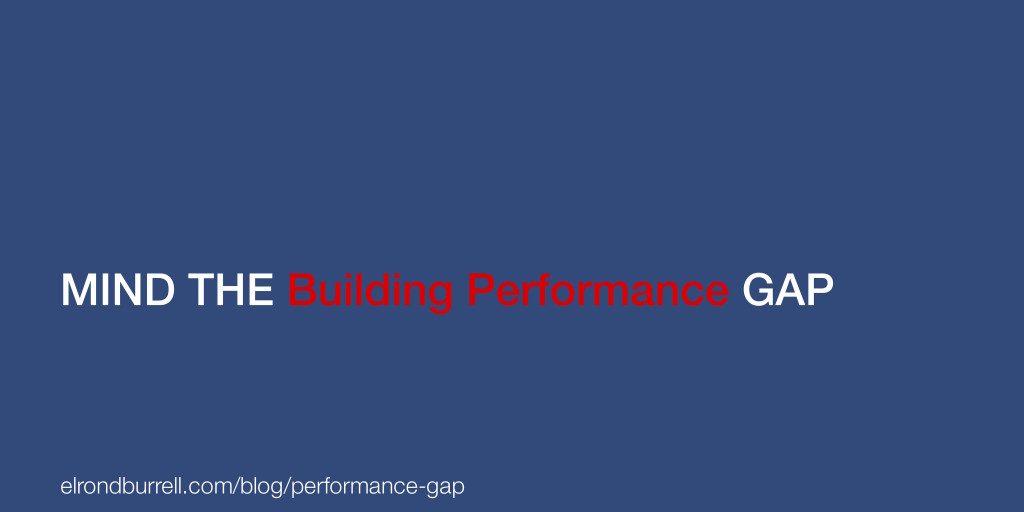Volkswagen has been caught out cheating emissions tests. There is a gap between the performance promised by the car manufacturer and how Volkswagen cars perform in reality. There has been strong reaction to this in many countries and in the media.
Does the same problem exist with our buildings? There is plenty of talk about the “performance gap” in the construction industry, but no major outcries like there has been with Volkswagen.
The building performance gap encompasses energy consumption, CO2 emissions and occupant comfort.
So, is building performance more complex than car performance? Or do we just accept that buildings don’t perform as predicted?
There is a whole host of reasons for the building performance gap. None of them are insurmountable, though.
How can I say this with confidence? Because there is ample evidence that the building performance gap can be eliminated.
The international Passivhaus Standard eliminates the building performance gap.


